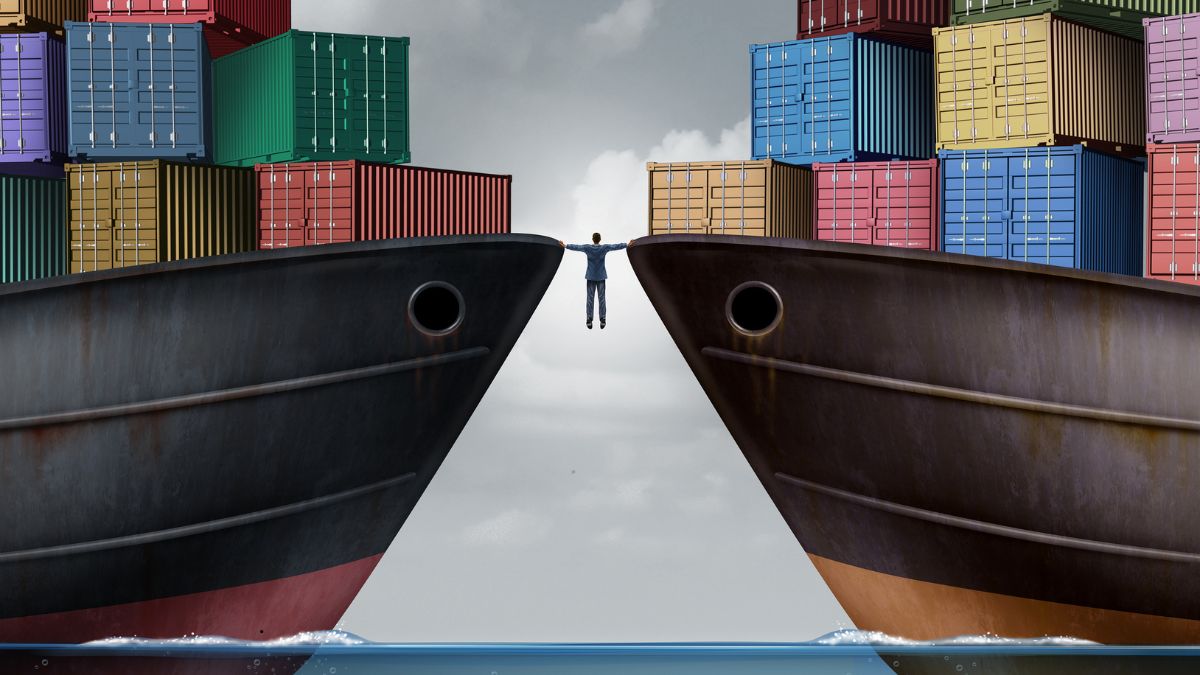
While global attention often centres around major economies like the US, China, and Mexico, South Africa must turn its focus inward—towards its own regional and continental trade agreements—to better harness opportunities and reduce risks in a volatile global economy.
South Africa is part of several critical frameworks, including the African Continental Free Trade Area (AfCFTA), the Southern African Customs Union (SACU), and the Africa Growth and Opportunity Act (AGOA), each of which plays a significant role in shaping the country’s trade future.
Why trade agreements matter
Trade agreements simplify cross-border commerce by reducing tariffs and other barriers. For South Africa, preferential access through deals like AGOA enables key sectors such as agriculture, automotive, and mining to tap into international markets. However, reliance on non-reciprocal agreements like AGOA carries risks. The current strain in diplomatic relations with the US—and the recent expulsion of South Africa’s ambassador—highlights how quickly these dynamics can shift. If AGOA benefits are withdrawn, exporters may face higher tariffs and diminished competitiveness.
Barriers to effective trade
Despite the promise these agreements offer, local businesses—especially small and medium enterprises (SMEs)—face steep hurdles. Exporters must navigate complex compliance and quality standards. In agriculture, for example, stringent health and safety measures require extensive documentation and investment.
Infrastructural constraints further stifle growth. Congestion at major border points like Beitbridge and inefficiencies at ports continue to delay trade. These challenges drive up costs and limit South Africa’s ability to expand its export footprint across the region.
Shifting focus to Africa and BRICS
To reduce dependency on traditional partners, South Africa should strengthen intra-African trade. Under AfCFTA, it now trades preferentially with 12 African nations. However, regulatory fragmentation and logistical inefficiencies remain stumbling blocks. Infrastructure investment, harmonised regulations, and streamlined customs processes are essential to unlocking the full benefits of AfCFTA.
Meanwhile, BRICS countries—beyond China—offer unexplored trade potential. Brazil, Russia, and India are growing consumer markets, particularly for South Africa’s manufacturing, mineral, and agricultural goods. Still, non-tariff barriers, such as Brazil’s strict medical import rules, must be addressed to ease access.
Strategic direction and investment needed
Some recent moves, like the R1 billion investment in local electric vehicle production, suggest government willingness to align with global trends and diversify exports. Similarly, EU investments in green energy and pharmaceuticals signal growing interest in South Africa as a trade partner.
However, broader government efforts to facilitate trade remain limited. Infrastructure upgrades, digital customs systems, and support for export-ready SMEs must be prioritised to boost competitiveness. Unfortunately, tight fiscal conditions have constrained the ability to deliver on these fronts.
Conclusion: from reactive to proactive trade strategy
South Africa stands at a pivotal moment. By improving border infrastructure, simplifying export processes, and fostering regional collaboration, the country can become a leader in African trade. Rather than reacting to global disruptions, South Africa must actively leverage trade agreements to chart a sustainable and inclusive economic path forward—for itself and the continent.

